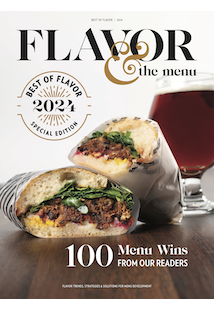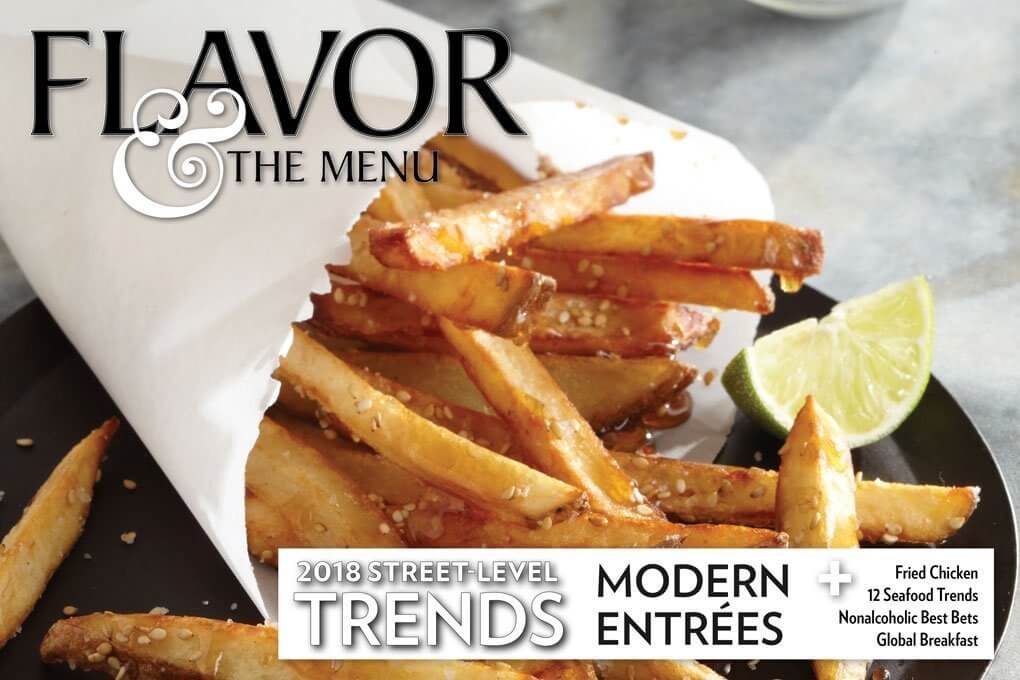
The entrée could be seen as an embodiment of the restaurant industry. The casualization of cuisine over the last decade has eroded its clearly defined boundaries. Today, it’s often a loose interpretation of what it once was, having lost its ability to tell a good story amid all the buzz and enthusiasm of other segments of the menu.
In Katie Ayoub’s article “The Main Event”, she explores the current approach menu developers are taking to deliver on an entrée that meets the consumer’s changing demands. No longer can an entrée rest on its laurels and remain the star of the menu unchallenged. Bowl builds, shareables and the vast offerings of small plates, bar bites and elevated sides have addressed consumers’ desire for greater control over flavor and portion, and put main-course menu innovation on the front burner. The bar has been set high for the modern entrée.
The chefs interviewed here are incorporating strategic approaches to entrée development, all driven by flavor. CraftWorks’ Stan Frankenthaler sums it up well: “Modern development of the entrée is around appeal and purchase intent, and knowing your guests and capturing new visitors. The lead for this is big flavor.” Changing value propositions are forcing a tightened focus on all aspects of the main dish—layered flavor development and attention to detail of flavor and texture across the plate, more interesting combinations of grains and produce, calling out premium attributes of the protein component—basically, building the elements that help your entrée tell a better flavor story.
This issue is chock-full of flavor stories, from Gerry Ludwig’s semi-annual roundup of street-level trends(hint: breakfast still represents big opportunities) to Laura Brienza’s report on nonalcoholic beverage trends, where a bell-pepper lemonade and cream-cheese tea tell a compelling story. And in this business, the best story wins.

Cathy Nash Holley
Publisher/Editor-in-Chief
[email protected]
@GetFlavor










